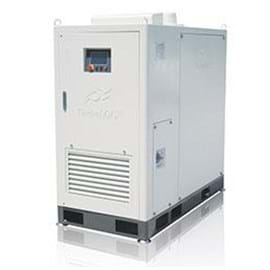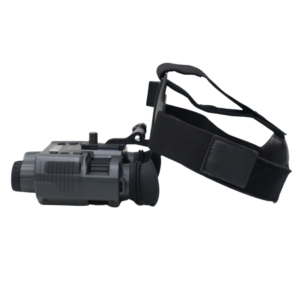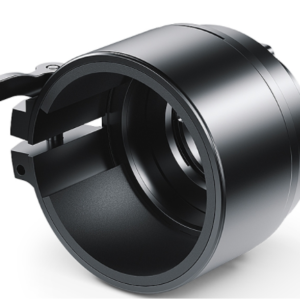3 Water Aeration Techniques That Ensure Faster Recycling

Many modifications of the traditional wastewater aeration and activated sludge treatment systems have been created which, function to boost the efficiency of the activated sludge water treatment process. This article discusses the latest modified wastewater aerated treatment processes.
- Tapered aeration
As the dominant sewage after basic setting (primary effluent featuring high BOD) enters into the top end of your aeration tank, it features a relatively higher demand for oxygen. At such a distance from the aeration tank’s inlet, the oxygen demand rises. This understanding has brought about the modification of the process of activated sludge sewage treatment via tapered aeration.
In this method, whilst the influent gets taken at a position from the end of the inlet, the amount of air that’s supplied at the inner end position is higher than that supplied at the outer end. For instance, in this kind of wastewater aerated treatment system, 45% of the entire air might be supplied to the first one-third of the tank’s length, 30% supplied to the second third, and then 25% supplied to the last third.
- Step aeration
This is one other effective modification, which is centred on a similar concept i.e., the mixed liquor’s oxygen demand reduces in proportion to the amount of increase in the distance from the distance of the aeration tank. In this kind of wastewater aerated treatment system, the activated sludge that is returned is then brought in at the aeration tank’s inlet end, but the primary effluent is then taken at varying positions from the inlet end to a certain distance out towards the outlet end. This is among the foremost modified wastewater aeration systems. Step aeration, in regards to wastewater, is quite capable of dealing with shock loadings and also stabilising the demand of oxygen within the mixed liquor. Step aeration is used in varying conditions that include;
- When the dissolved oxygen that is contained in the final effluent is steadily dropping off.
- Whenever there is a persistent rise the volatile matter contents that are present inside the activated sludge.
- Whenever the entire process happens to be overloaded or activated sludge happens to be of poor quality and features sphaerotilus growth.
Step aeration needs a smaller area, it is capable of easily taking shocks, and the volume of aeration units could be decreased to around half of that which is found in traditional units.
- Extended aeration
This category of wastewater aerated treatment system is always characterised by low levels of BOD loading and is most commonly utilised in treating wastewater that comes from small communities, schools, as well as housing colonies. The aeration period for this modified system is twenty-four hours or more. The extended aeration is capable of accepting periodic loadings without it being upset. The process’ stability results from complete mixing of the contents of the tank and large aeration volumes.
In conclusion, even though there are lots of others, these are the three foremost modified wastewater aeration methods that work to ensure much faster recycling. It is hoped that how they have been discussed in this article will help you to make truly informed decisions when it is time for you to choose an aeration technique for your needs.





